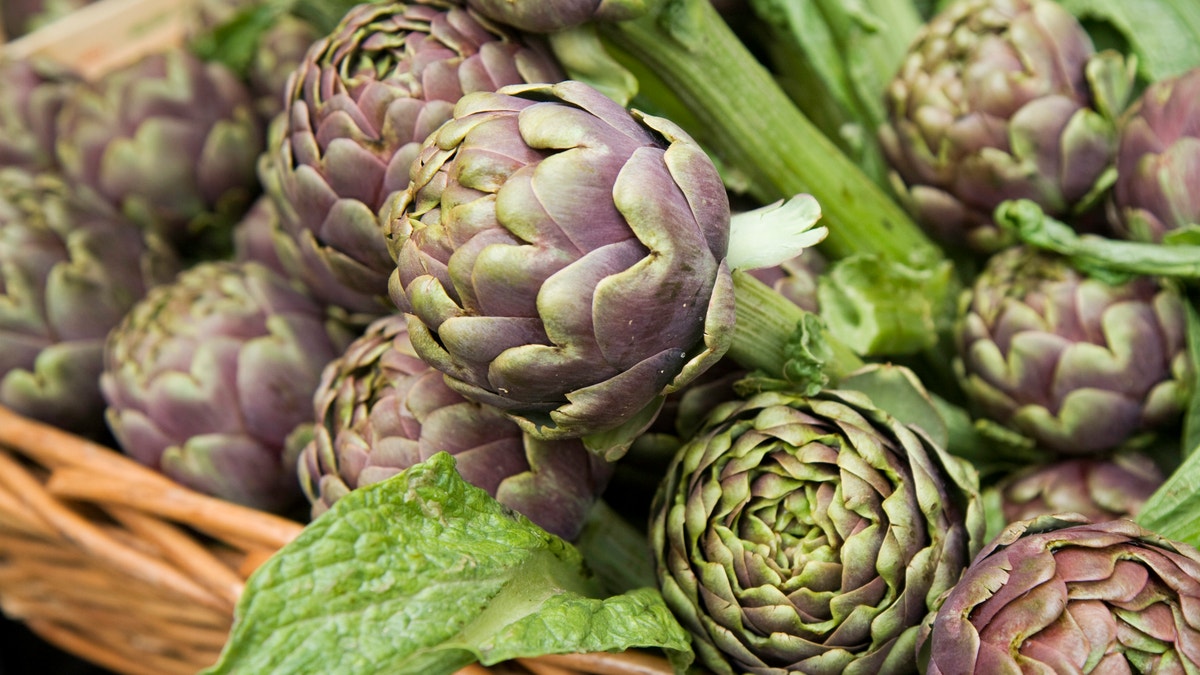
(iStock)
At F-Factor we’re all about fiber. Did you know that there are tons of different types of fiber, each with unique physiological effects? One variety of fiber that is often overlooked is resistant starch.
What is Resistant Starch?
At first glance, the name might bring to mind refined carbohydrates such as white rice, bread and white potatoes. These can play a role in elevated blood glucose levels and contribute to weight gain. Resistant starch, however, is very different. True to its name, resistant starch resists the digestive enzymes in the stomach and small intestine. This allows it to be considered a fiber. It shares properties of both insoluble and soluble fiber and is considered a prebiotic and a probiotic.
How does it work as a pre and probiotic?
Resisting digestion allows colonic bacteria to break down RS into short chain fatty acids (SCFA). These SCFAs increase the acidity of the colon, creating a friendly environment for “good bacteria” and simultaneously inhibiting the growth of harmful bacteria. The proliferation of good bacteria classifies resistant starch as a probiotic. Its prebiotic role is derived from its end products, which provide fuel for colon microbiota. These organisms protect the body from infection and protect colon cells against colon cancer.
How does it work as a fiber?
Resistant starch (RS) resists digestion in the small intestine of healthy people. Eating a meal containing resistant starch decreases the body’s glycemic and insulin response while lowering serum concentrations of cholesterol and fat. It also increases satiety and reduces fat storage.
Fiber Facts to Remember:
? Soluble slows digestion
? Insoluble increases the speed of digestion
? Both are vital to health and maintaining an appropriate bodyweight
? Resistant starch contains both – so eat up.
Where is resistant starch found?
Sources of this powerful nutrient include green bananas, green plantains (or try cooking with plantain flour), artichokes, chicory root, rice, barley, buckwheat flour, beans and peas. One of the highest sources of resistant starch is raw potato. Instead of eating a raw potato, next time you eat potatoes allow them to cool and consume them cold. The cooling process rebuilds resistant starch.
Many studies have tested the effect of resistant starch when ingested at ~30 grams per day. By aiming to reach the recommend 25-35 grams of fiber per day, you greatly increase your chances of reaping the benefits of fiber whether soluble, insoluble or resistant starch.
For more tips on healthy eating, drinking and losing weight, and for delicious high fiber meal plans and recipes, check out my latest book,The Miracle Carb Diet: Make Calories and Fat Disappear – with Fiber!
